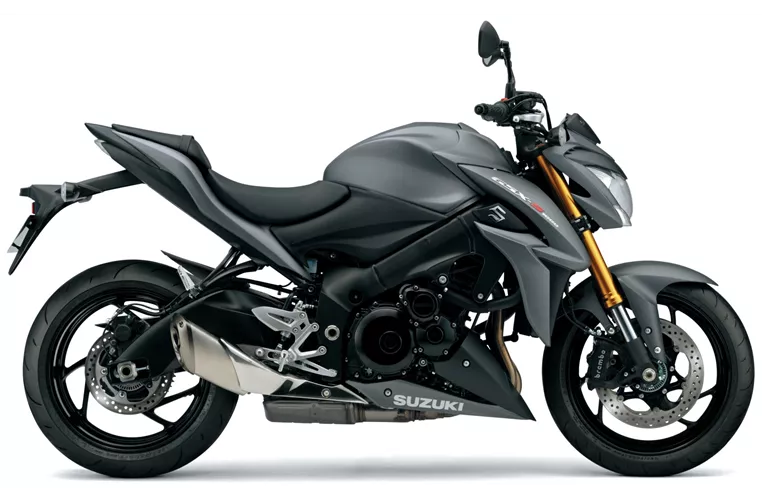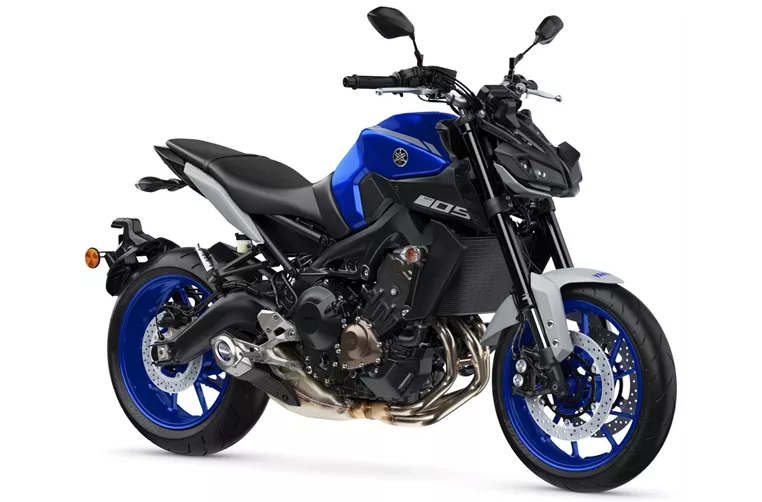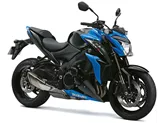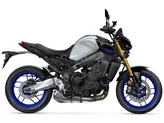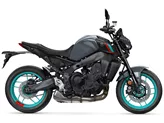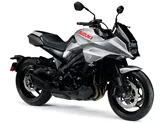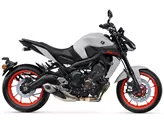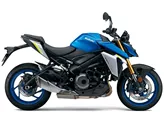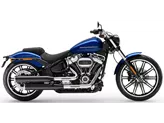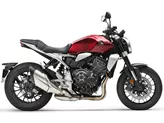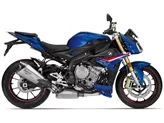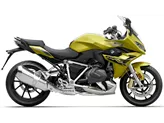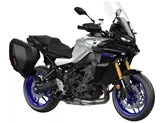Suzuki GSX-S1000 2016 vs. Yamaha MT-09 2020

Suzuki GSX-S1000 2016
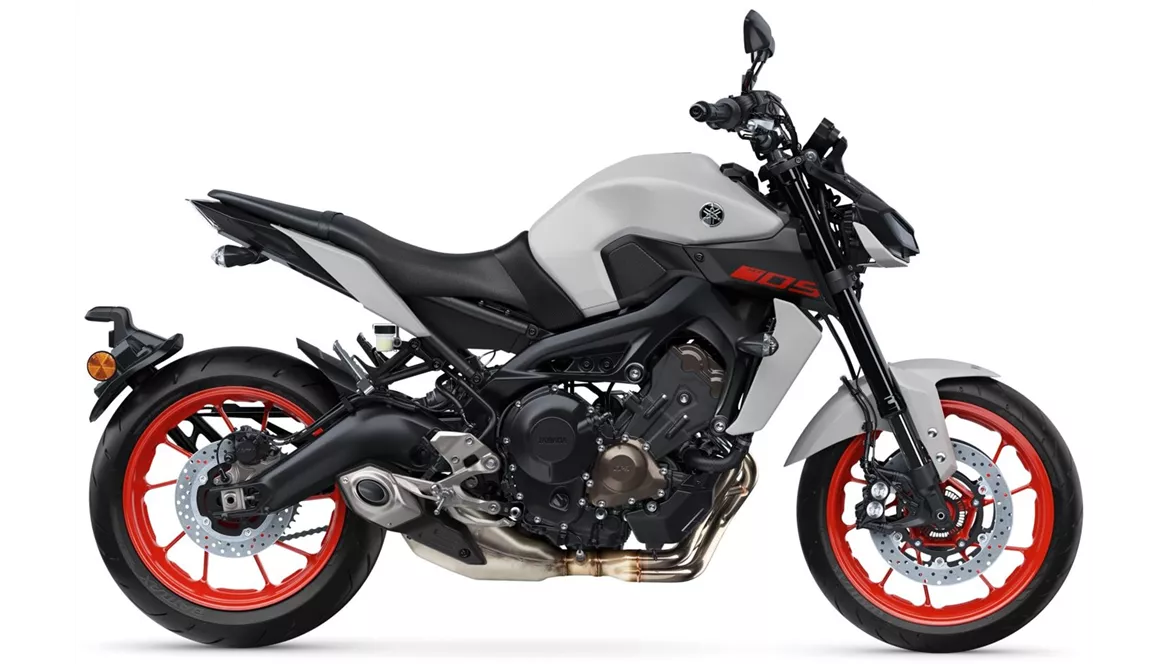
Yamaha MT-09 2020
Overview - Suzuki GSX-S1000 2016 vs Yamaha MT-09 2020
The Suzuki GSX-S1000 2016 and the Yamaha MT-09 2020 are both naked bikes with similar technical specifications. However, there are some notable differences between the two models.
In terms of engine power, the Suzuki GSX-S1000 2016 has a more powerful engine with 149 HP compared to the Yamaha MT-09 2020's 115 HP. The Suzuki also has a higher torque of 106 Nm compared to the Yamaha's 87.5 Nm. This means that the Suzuki may offer better acceleration and top speed capabilities.
Both bikes have in-line engines with liquid cooling and fuel injection systems. They also have similar suspension setups, with upside-down telescopic forks at the front and swing arm suspension with a monoshock at the rear. The chassis of both bikes is made of aluminum and has a twin tube frame design.

Suzuki GSX-S1000 2016
In terms of braking, both bikes have double disk brakes at the front, but the Suzuki has larger 310 mm diameter disks compared to the Yamaha's 298 mm diameter disks. Both bikes also have ABS as an advanced rider assistance system.
In terms of dimensions and weights, the Suzuki has a slightly wider front tire at 120 mm compared to the Yamaha's 120 mm. The Suzuki also has a larger fuel tank capacity of 17 liters compared to the Yamaha's 14 liters. However, the Yamaha is lighter with a kerb weight of 193 kg compared to the Suzuki's 209 kg.

Yamaha MT-09 2020
Now let's discuss the strengths and weaknesses of each bike. The Suzuki GSX-S1000 2016 has a powerful engine, good braking control, a stable and sensitive chassis, a comfortable seating position, and a relatively low price. However, it has been criticized for its front end appearance and toxic throttle response in the lower rev range.
On the other hand, the Yamaha MT-09 2020 also has a powerful engine with plenty of torque and fine control of traction control. However, it lacks a blipper function and the high handlebars give little feedback. It also has a rough throttle response and early-regulating ABS.
In conclusion, both the Suzuki GSX-S1000 2016 and the Yamaha MT-09 2020 are powerful naked bikes with their own strengths and weaknesses. The Suzuki offers more power and a larger fuel tank capacity, while the Yamaha has advanced rider assistance systems and a lighter weight. Ultimately, the choice between the two will depend on the rider's preferences and priorities.
Technical Specifications Suzuki GSX-S1000 2016 compared to Yamaha MT-09 2020
Pros and Cons in comparison
Pros and Cons in comparison
Suzuki GSX-S1000 2016
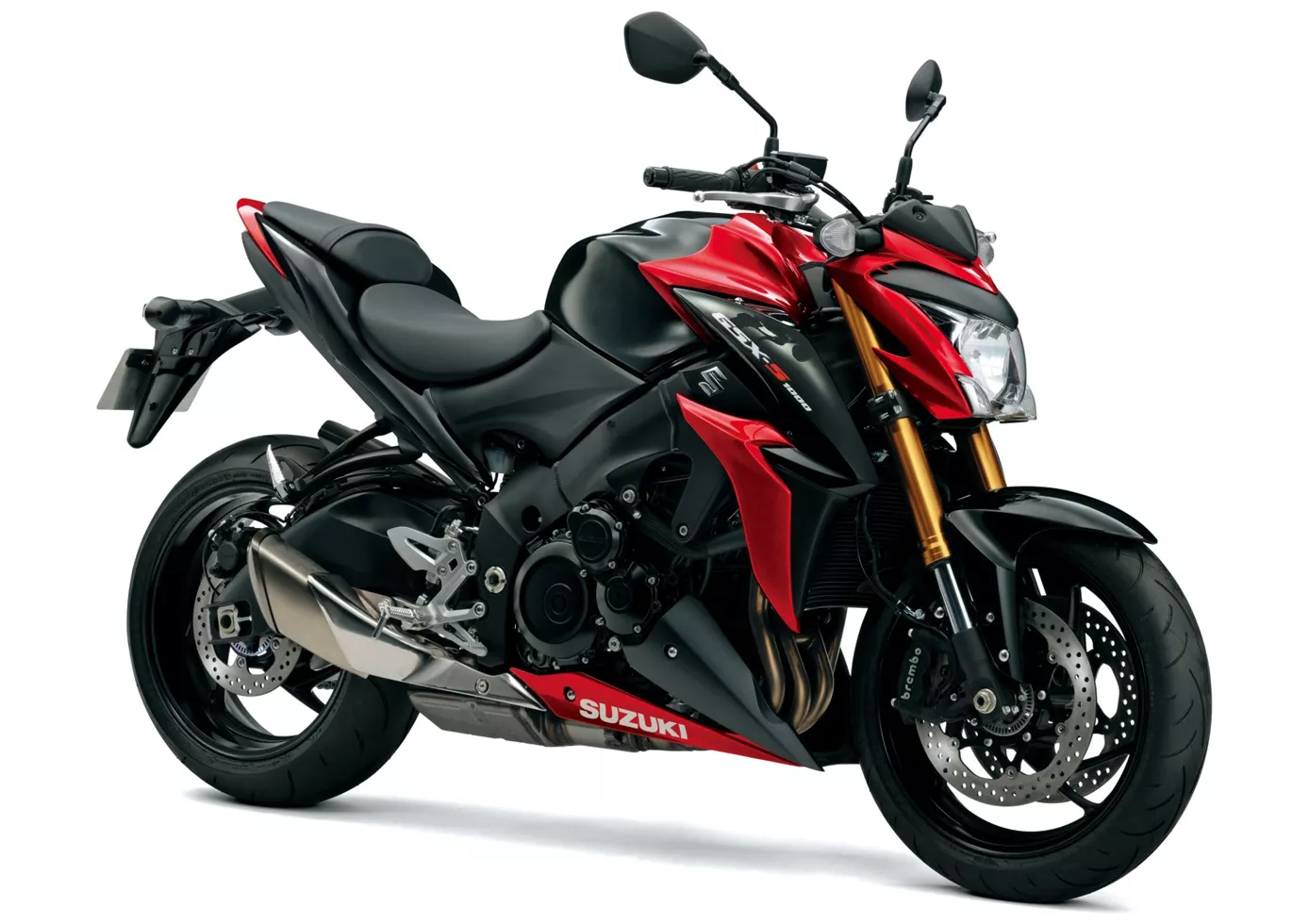
Some might be surprised that after waiting so long, Suzuki did not launch the ultimate, uncompromising power naked bike. Instead, the Suzuki GSX-S 1000 with its 149 hp seems almost too well-behaved. But once you ride it on the race track, you quickly realise that the engine is far more powerful in real life and that the rest of the performance of the chassis and braking system is also impressive. In return, it also offers a large portion of everyday and practical suitability - not bad ingredients when you have to cover everything from everyday to race track with a single bike.
Yamaha MT-09 2020

Riding fast is possible, but exhausting. The high handlebars are counterproductive on the race track and require a lot of physical effort. The MT-09 can't keep up with the Street Triple R, even with WP suspension.
Price Comparison Avarage Market Price Suzuki GSX-S1000 vs Yamaha MT-09
There are a few key differences between a Suzuki GSX-S1000 2016 and a Yamaha MT-09 2020. In terms of price, the actual average price of a Yamaha MT-09 2020 is about 6% higher. Compared to Yamaha MT-09 2020 there are more Suzuki GSX-S1000 2016 bikes available on the 1000PS.de Marketplace, specifically 10 compared to 8. It takes less time to sell a Suzuki GSX-S1000 with 109 days compared to 110 days for a Yamaha MT-09. Since model year 2015 1000PS.de editors have written 36 reviews for the Suzuki GSX-S1000 and 57 reviews for the Yamaha MT-09 since model year 2013. The first review for the Suzuki GSX-S1000 was published on 27/09/2014 and now has more than 17,100 views. This compares to more than 39,900 views for the first review on Yamaha MT-09 published on 10/06/2013.
